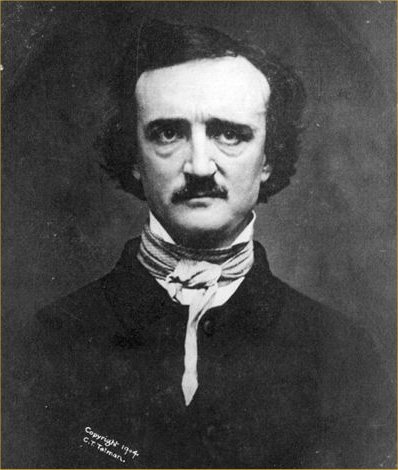The trickster, the hero, the straight man, the comic relief. All these are archetypes, loosely defined personalities that appear all over fiction. Dating back to mythology and the earliest tales, character archetypes are a vertebrae in the backbone of fiction.
Loki was a trickster, a rogue, a silver-tongued miscreant. He schemed, and he stole, and he lied. Loki's likes and dislikes were never told; his backstory is short, his character shallow. Loki was a template, a blank slate so as to make his mythological tales that much more relatable, much like his comrades in lies, Anansi and Hermes. Tales of Loki are told today much less often than they were in the heyday of the Norse (barring Thor comic books, of course), but the character lives on, in new characters, new personalites, same archetype.
Tolkien drew on mythical archetypes to populate the vast world of Middle-Earth with characters. Wormtongue, the lying, scheming advisor, certainly drew some from the machinations of Loki. Gandalf was wise and powerful, a veritable Odin.
Archetypes are a vital part of character creation, but not one you should use as a crutch. One off characters, characters that do not have a large role and exist solely to interact with your main characters, benefit from an easily definable archetype. It makes room for definable character even in a small appearance.
Your main characters, the ones you intend to flesh out and develop, should not be able to be wholly defined by a single archetype. Human beings are complicated and varied, and the more unique and complex your character is, the more interesting (s)he'll be.

